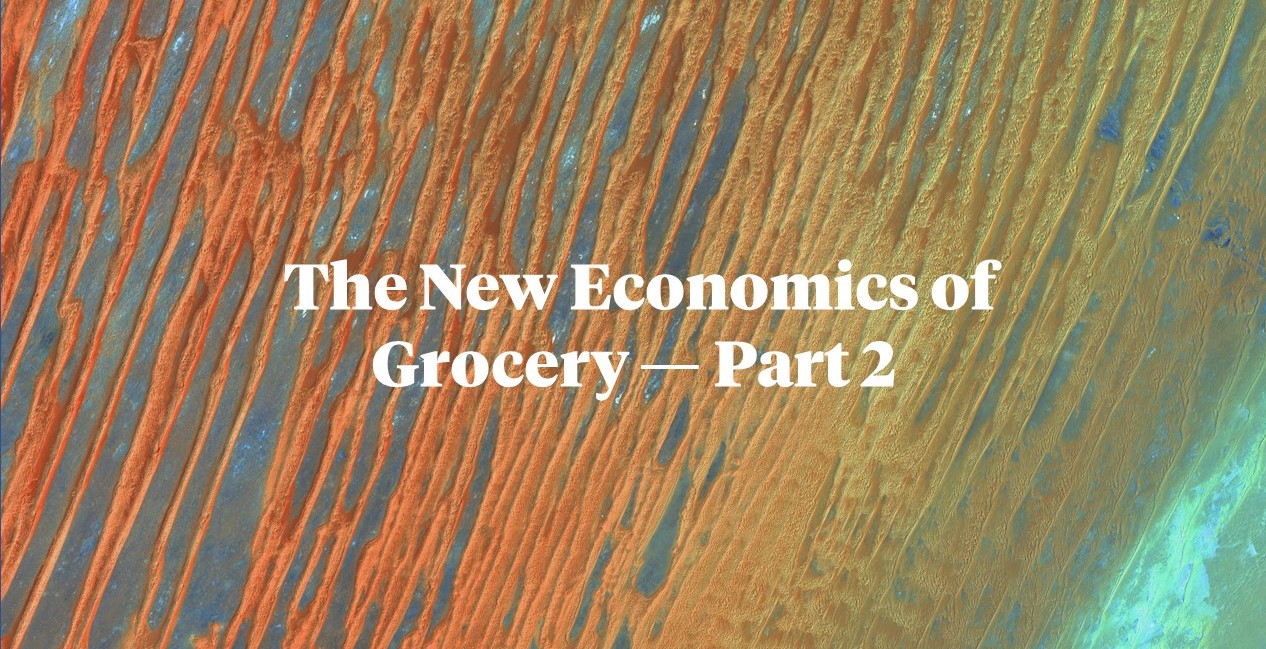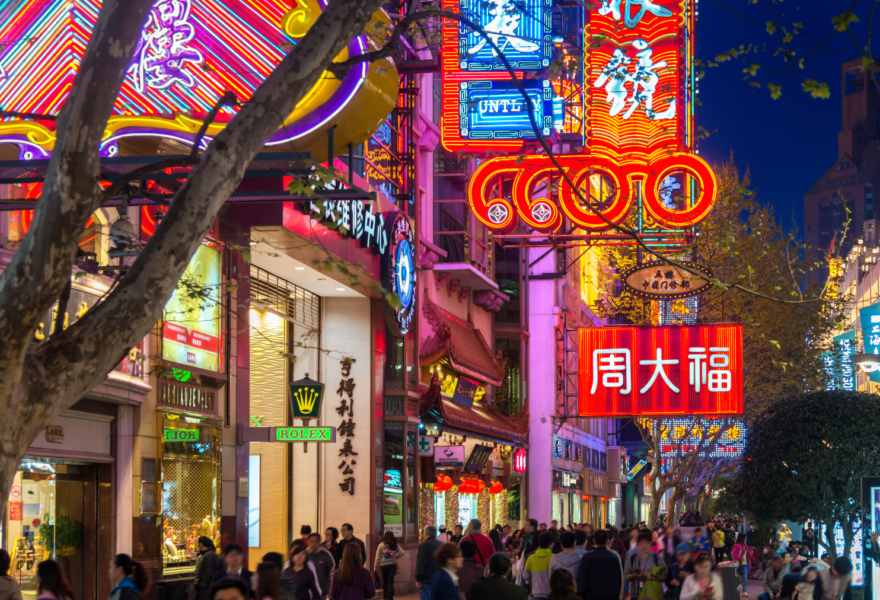
Matt Andrew, our UK managing director and partner, chatted with Ash Anzie, Senior Continuous Insights Manager, International at Kraft-Heinz, and Tom Priestman, Global Client Partnership Lead for FMCG at Facebook, to discuss the new economic challenges and opportunities in grocery.
In this second article of a three part series, we discuss the impact of range rationalization and how marketers can leverage the marketing mix and the rise in e-commerce to deliver a powerful brand message.
If price wars look inevitable, then grocers will naturally look to range rationalization to reduce manufacturing costs and drive increased value across the entire grocery chain.
Two things about range rationalization are important to think about. One is consumers’ increasing acceptance of private label. The other is the role of your brand in that category.
Tom: What we’ve seen from prior recessions is that it’s not about price but perceived value, and perhaps that’s the way of articulating it from an FMCG point of view.
In times of recession, big ticket items tend to fall in demand because of uncertainty around the economy or outlaying that initial investment. But you also see the rise in what we call affordable luxuries — it’s called the lipstick effect. FMCGs actually have a right to play there.
Think of confectionery, ice cream, or beauty products. There’s affordable luxury or perceived value, and that element can actually be a route to this, by focusing on the marketing mix to deliver that brand message about why it is worth paying more.
Ash: As consumers have more time to think about what they’re doing, it gives an opportunity to any player in the market to be relevant to consumers. We’ve been able to use our equity to underpin some of the activities that we’ve developed and deployed in the market. It doesn’t mean we can be complacent, because we fully expect other players in the market to look at this situation as well.
How do we make ourselves more relevant when consumers are flocking to brands? You need a diverse market to make a category — you can’t really have huge monopolies. I don’t think it drives the level of innovation that’s required in all categories.
Price is a sensitive topic at the best of times. From a ranging perspective and a retailer point of view, it’s an extension of what’s been going on for the last few years. Tesco’s and other retailers’ attempts to make the most of range to be more competitive with discounters, have advanced those price conversations from a bricks and mortar perspective. At the same time, online and e-commerce are booming, and that’s where you can afford to offer more range as well.
Range rationalization manifests in different ways depending on the channel. Bricks and mortar will always be important to the grocery market, but we’re seeing a huge amount of growth in e-commerce sales. That is making us think differently about how to adapt our offer to ensure we’re meeting the needs of consumers wherever they are in the market.
During the lockdown entering the pandemic, we launched the blackout D2C office. Heinz to Home was our way of being able to get our brands directly into the hands of consumers at a time where it was genuinely difficult for some consumers to get hold of our products in store.
Obviously, winning in e-commerce isn’t as straightforward as setting up your own D2C site and hoping that it works — every brand could do that and then you’ve suddenly got thousands of choices and you can’t expect a consumer to navigate through all of those pages. But we’ve done that as one thing.
E-commerce traditionally as a channel has attracted younger shoppers. Some of the barriers for older shoppers were quickly removed at the start of the lockdown, so there are fewer hurdles to overcome to be successful in a channel like e-commerce now. And that would be true for most channels, as I think we’re a bit more open.
People who shop online can browse bit more. They’re probably a bit more susceptible to being led in a certain direction. If you look at e-commerce purchasing pathways, there are still ways to influence at different points in the consumer journey. What we have there is an opportunity to ensure that we can use the strength of our brand to talk to consumers and make them aware that we’re here, and we’ve got a range that’s available to meet their needs at price that they find worth paying.
For more insight into the new economics of grocery, request the free report, “From Pandemic to Price Wars: Winning in the new world of grocery.”
To read the first article, click here, for the third one, click here.
To hear the full podcast, subscribe to the Ekimetrics channel on your platform of choice.
For more information on Ekimetrics and how we help provide certainty through marketing science, visit ekimetrics.com.
Thought Leadership

Thought Leadership
